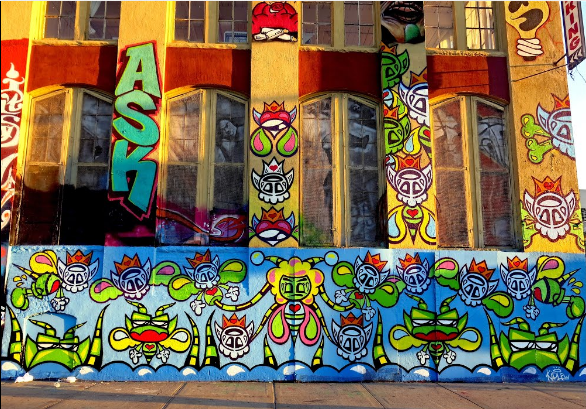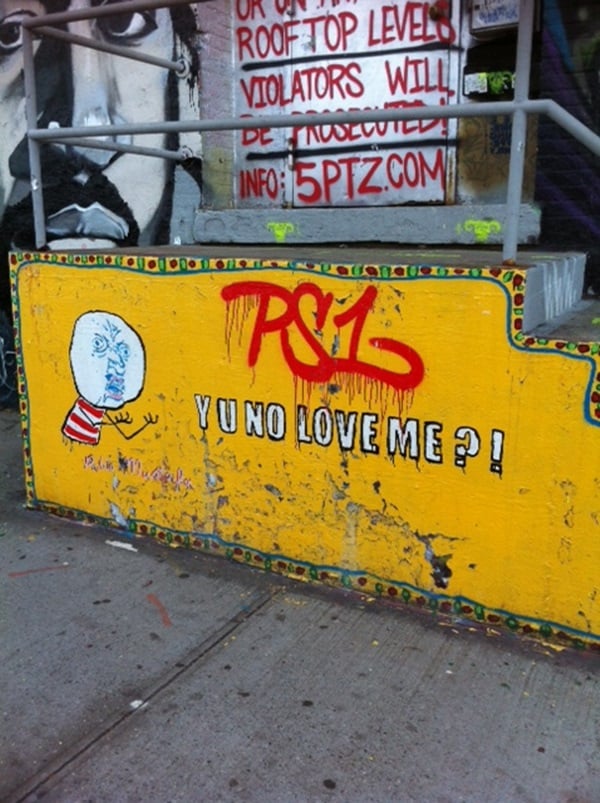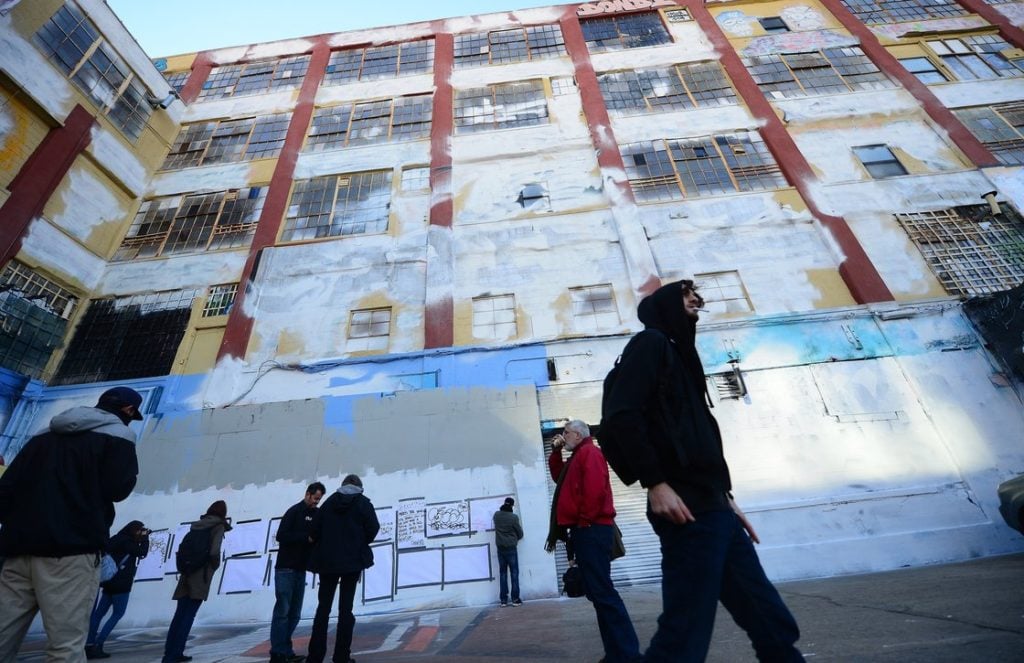Law & Politics
Cementing a $6.8 Million Win for Artists, the US Supreme Court Declines to Hear the Landmark Case Over the Destruction of Graffiti Mecca 5Pointz
Artists can now claim a major and final victory.

Artists can now claim a major and final victory.

Eileen Kinsella

In a further win for graffiti and aerosol artists, as well as for advocates of the Visual Artists Rights Act (VARA), the US Supreme Court on Monday declined a request from Queens real-estate developer G&M Realty to reconsider a February 2018 ruling ordering the realtor to pay $6.75 million to a group of graffiti artists.
In 2018, Brooklyn Supreme Court Judge Frederic Block ruled that the company’s owner violated the rights of the artists when he whitewashed and painted over their works on 5Pointz, a sprawling building complex in Long Island City, Queens, without warning in 2013. (The building’s owner, Gerald Wolkoff, died in July, but his real-estate company is still liable for the ruling.)
A jury made the decision upholding that the artists’ VARA rights were violated by the destruction of their work, but it was Judge Block who handed down a 100-page decision awarding the maximum amount of $150,000 for each of the 45 works that were destroyed, making for the total sum of $6.75 million.
The trial was a key test of VARA, which grants visual artists certain “moral rights” for their work. Previous cases rarely made it to trial, and were instead settled privately.

Artworks in the former 5Pointz. Photo: Eileen Kinsella.
“After seven years, we can finally feel a little relief,” Marie-Cecile Flageul, a spokesperson for the group of artists, said in an email to Artnet News.
“We are proud that this historical decision will be, in a way, the legacy of 5Pointz and will help ensure art protection and respect for generations to come.”
“This is a major win for contemporary artists because the law now recognizes moral rights in public murals created with permission and other public or transient works,” attorney Eric Baum, who represented the artists, told Artnet News. “This was the real estate owner/developer’s final substantive appeal. As a result, the ruling solidifying the artists’ rights and upheld on appeal stands.”
The US Supreme Court typically does not explain its decisions in declining to accept cases. Regardless, the refusal marks the last of G&M’s legal options to try to reverse the Brooklyn Supreme Court ruling.
Artists who perhaps cannot afford representation will likely use the case as a road map to defending themselves, said one legal expert.
But Scott Gant, the attorney for G&M, said the court didn’t address the real-estate developer’s argument that VARA’s phrasing is too vague to withstand further legal scrutiny.
“That is a live issue, and in future VARA cases, I would recommend that any defendant make that argument,” Gant said. “It may be that in the years to come, the Supreme Court will end up having to decide that.”

Whitewashed 5Pointz. Photo: Emmanuel Dunand /AFP/Getty Images
When Wolkoff first purchased the property in the mid-1990s, the surrounding area of Long Island City was mostly industrial and commercial, not the residential haven it is today.
Wolkoff initially granted permission for artists to come and leave their mark on the building under the stewardship of artist Jonathan Cohen (aka Meres One), who supervised the process for many years. Artists from all over the world visited the site and it was regarded as a mecca for street and aerosol artists.
Things came to a head when Wolkoff decided to redevelop the property as condos. On the evening of November 19, 2013, the space was whitewashed in the middle of the night, covering over all of the artworks.
In February, a US Appeals Court affirmed the rights and monetary damages awarded to the artists by Judge Block.